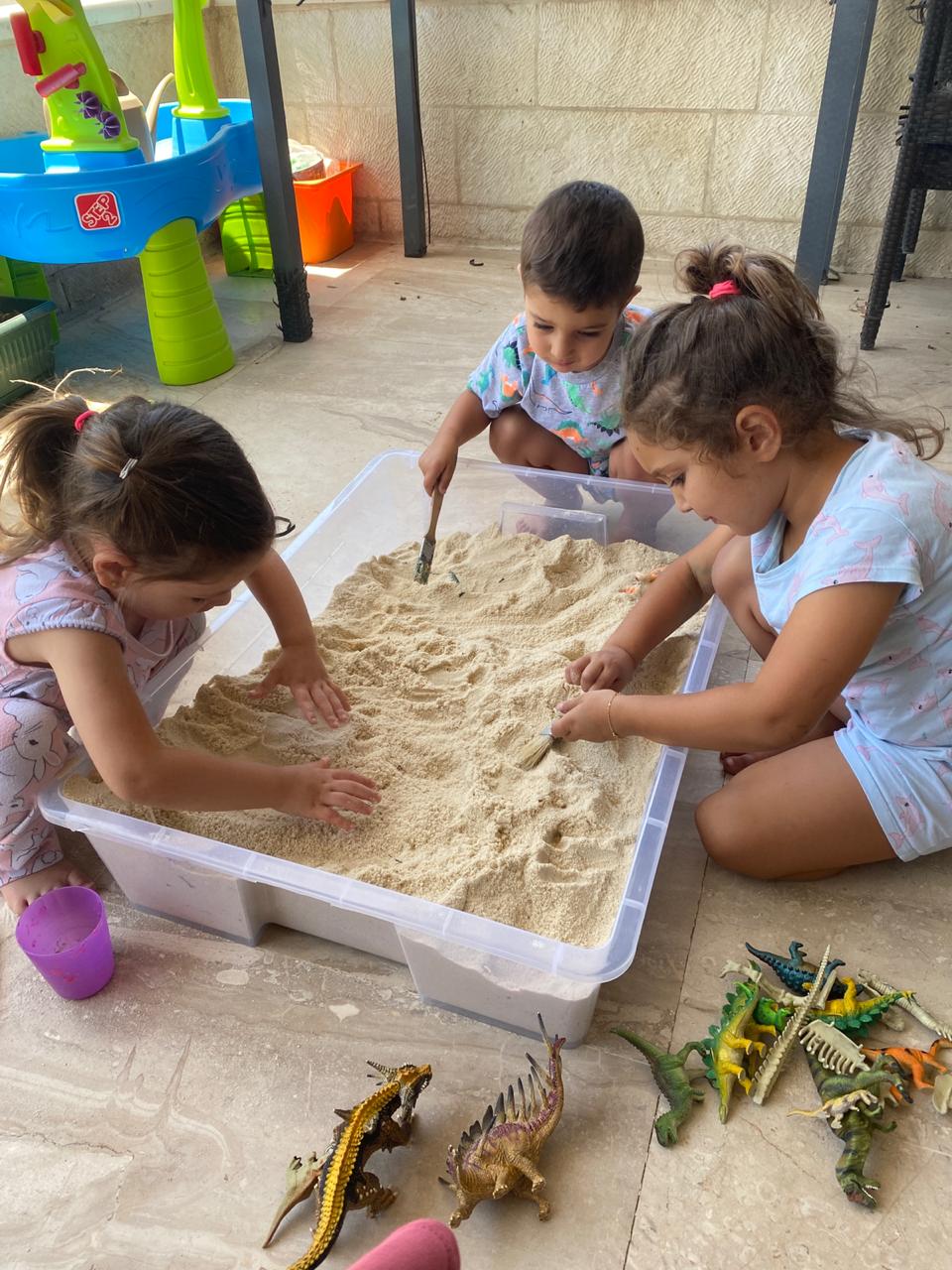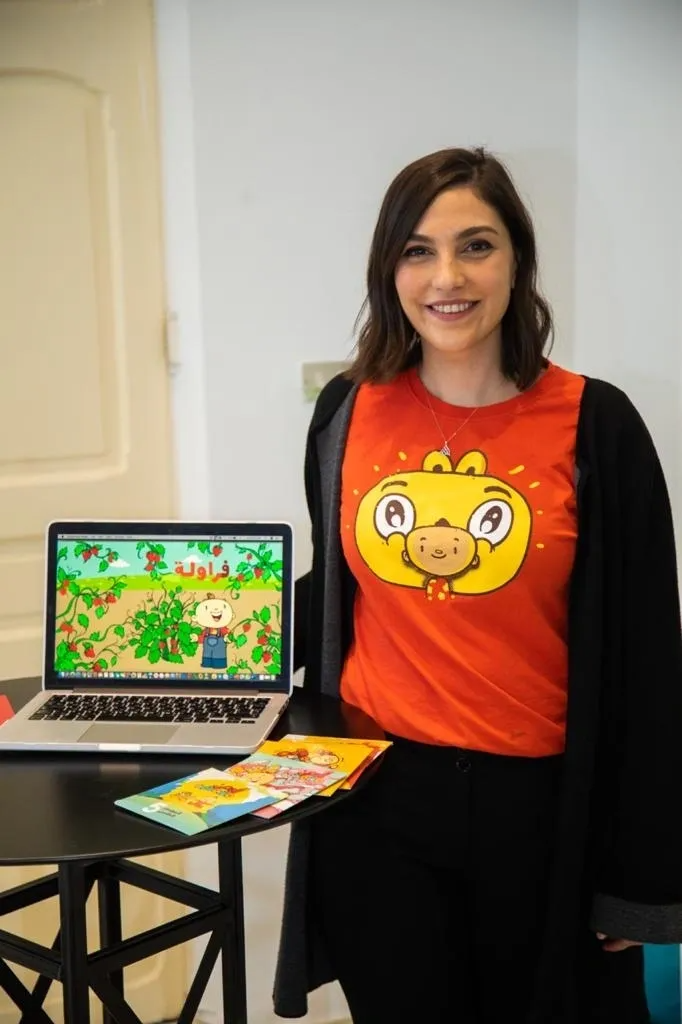The Effectiveness of Music in Speech Therapy Sessions
By Abeer Essa Wilcox (Speech and Language Therapist)
“If you talk to a man in a language he understands, it goes to his head. If you talk to him in his language, that goes to his heart”- Nelson Mandela
Music can be ‘a child’s own language’ they use to express themselves and communicate with others.
As a speech therapist, I always use music in my sessions – It is fun and engaging! I would say this is actually the most enjoyable part of the session! Throughout history, music has been a fundamental aspect of all cultures across the world and has been used for many purposes, including speech therapy. Music provides consistent and repetitive rhythm which helps children grasp what they learn (Stanton, 2018). There are several evidence based studies confirming the role of music in narrowing the gap for children with Speech, Language and Communication Needs (SLCN).
Children with SLCN often exhibit difficulties in many areas, such as: attention and listening skills, understanding the language and following simple or complex instructions, expressing themselves fully, interacting with peers and adults, and challenging behaviours.
Daily-life activities might be challenging for these children, therefore, sessions utilising music add another dimension to their learning. It provides a space of comfort and alleviates the pressures for them to talk (Chandhok, 2018). Music works as a break – the child is not asked to talk for few minutes between tasks and is free to just listen, join in, or sing along the therapist! This can be a lot of fun!
Attention and listening skills are the foundation of all learning. You need to have a good attention span to understand language. ‘Adam Wa Mishmish’ videos are very attractive for children with SLCN to look at and listen to! They include lovely colourful images, very catchy rhythms, and encourage children to imitate actions! This is what we call a multi-disciplinary approach! I create routines in my sessions using songs, this keeps children’s attention so they can follow instructions. I begin sessions with a ’hello’, then end with a ‘goodbye’ song. Creating routine and consistency provides a predictable structure to the sessions. This helps children become less anxious, learn more effectively and reduces challenging behaviours (Spagnola and Fiese, 2007).
‘Adam Wa Mishmish’ songs are a fabulous way to teach vocabulary! When singing “Animal Sounds 2”, we show the child a ‘cat’ toy/drawing, for example then say, what does that cat say? You pause and encourage the child to sing the animal sounds,” meow, meow, meow”.



